Introduction
Kiwifruits, with their unique oval shape, fuzzy brown skin, and vibrant green flesh, are a delightful and nutritious addition to any diet. Native to China but now cultivated worldwide, these fruits offer a refreshing taste and a myriad of health benefits, including high levels of vitamin C, fiber, and antioxidants. However, not all kiwifruits are created equal. Some can be bland and insipid, while others burst with a tangy-sweet flavor that leaves you longing for more. So, how do you navigate the produce section to pick out the best kiwifruits? This guide will provide you with comprehensive insights into selecting delicious kiwifruits, ensuring that every bite is a delightful experience.
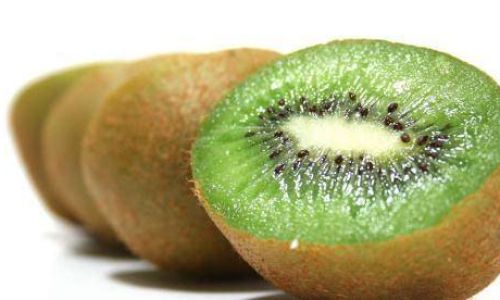
Understanding Kiwifruit Varieties
Before diving into the specifics of selection, it’s essential to understand the different varieties of kiwifruit available. The most common types are:
-
Hayward (Actinidia deliciosa): This is the classic kiwifruit variety, recognized by its fuzzy brown skin and bright green flesh. Hayward kiwifruits are typically oval-shaped and have a balanced sweet-tart flavor.
-
Zespri SunGold (Actinidia chinensis): Unlike the Hayward, SunGold kiwifruits have smooth, golden-yellow skin and a vibrant orange-yellow flesh. They are sweeter and less acidic, with a tropical fruit-like flavor.
-
Zespri Gold (Actinidia chinensis): A cross between Hayward and Actinidia chinensis varieties, Gold kiwifruits have a smooth, golden-brown skin and greenish-yellow flesh. They offer a sweeter taste than Hayward but retain some tartness.
-
Kiwi Berries (Actinidia arguta): These are much smaller than regular kiwifruits, with a smooth skin that can be green, brown, or red. They are incredibly sweet and often used in salads or as a snack.
Each variety has its unique flavor profile and texture, so your preference may guide you towards one type over another. However, the selection criteria remain largely consistent across varieties.
Visual Inspection: The First Line of Defense
-
Skin Condition: For fuzzy-skinned varieties like Hayward, look for fruits with evenly distributed, soft fuzz. Avoid kiwifruits with patches where the fuzz is missing or seems damaged, as this could indicate underlying issues. For smooth-skinned varieties, check for a uniform color without blemishes, bruises, or cracks.
-
Shape and Size: While size can vary within a variety, opt for kiwifruits that are relatively uniform in shape. Avoid those that are misshapen or have bulges, as they might be overripe or have internal damage.
-
Firmness: Gently press the fruit with your thumb. It should yield slightly but not feel mushy. Overripe kiwifruits will be too soft, while underripe ones will be hard and almost unyielding. The perfect kiwifruit should have a bit of give without being overly soft.
Color as an Indicator of Ripeness
Color can be a useful indicator of ripeness, but it’s crucial to understand the nuances for each variety:
-
Hayward Kiwifruits: Fully ripe Hayward kiwifruits have a uniform dark brown skin with a slight matte finish. Avoid fruits that are still mostly green or have patches of green, as they are likely underripe.
-
SunGold Kiwifruits: Ripe SunGold kiwifruits have a bright, even golden-yellow hue. If they have green tinges, they might need more time to ripen.
-
Gold Kiwifruits: Look for fruits with a smooth, golden-brown skin. Avoid those with significant green patches, as they indicate underripeness.
-
Kiwi Berries: These tiny fruits can be green, brown, or red when ripe. The key is to look for a uniform color and a slightly soft texture.
Remember, color alone isn’t definitive. Always combine visual inspection with firmness testing to ensure you’re picking ripe, delicious kiwifruits.
The Art of Touch and Feel
Touch is a crucial sense when selecting kiwifruits. Here’s how to use it effectively:
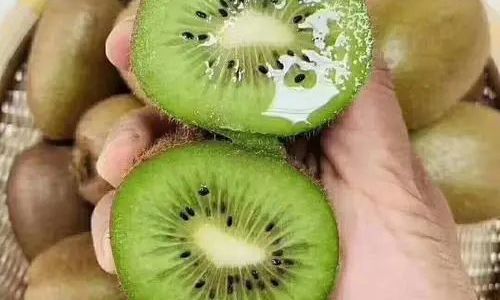
-
Gentle Pressure: As mentioned earlier, apply gentle pressure with your thumb or fingertips. The fruit should give slightly but spring back to its original shape. If it feels overly soft or collapses under pressure, it’s likely overripe.
-
Weight: Pick up a few kiwifruits and compare their weights. Heavier fruits typically have more moisture and flavor, indicating they are ripe and juicy. Lightweight kiwifruits might be underripe or dried out.
-
Consistency: Feel along the length of the fruit. It should feel consistent in firmness, without any soft spots or hard lumps. Soft spots can indicate internal rot, while hard lumps might be unripe sections.
Smell: The Unsung Hero of Fruit Selection
While kiwifruits don’t have a particularly strong aroma, a ripe one should have a faint, sweet scent. If you detect a strong, alcohol-like odor, it’s a sign that the fruit is overripe and starting to ferment. Conversely, if there’s no discernible scent, the kiwifruit might still be underripe.
Checking for Maturity Indicators
Certain varieties and growing conditions can affect how kiwifruits ripen. Here are some additional indicators to consider:
-
Ethylene Sensitivity: Kiwifruits are ethylene-sensitive, meaning they continue to ripen after being picked. If you’re buying unripe kiwifruits to ripen at home, look for those that are slightly firm but starting to show color changes. Place them in a paper bag with an apple or banana (both produce ethylene) to accelerate the ripening process.
-
Seasonality: Kiwifruits are generally available year-round, but their peak season varies by region. In the Northern Hemisphere, they are typically in season from late summer to early winter. During peak season, kiwifruits are likely to be fresher and more flavorful.
-
Country of Origin: The climate and soil conditions in different countries can affect the taste and quality of kiwifruits. New Zealand, Italy, and China are known for producing high-quality kiwifruits. Knowing the country of origin can sometimes give you an indication of the fruit’s potential quality.
Storing and Ripening Kiwifruits
Once you’ve selected your perfect kiwifruits, proper storage and ripening are crucial to maintaining their quality:
-
Ripening at Home: If your kiwifruits are underripe, place them in a paper bag with an apple or banana. The ethylene gas produced by these fruits will help ripen the kiwifruits faster. Check them daily, as they can ripen quickly once the process starts.
-
Proper Storage: Once ripe, kiwifruits should be stored in the refrigerator to slow down further ripening. This will keep them fresh for up to a week. Make sure they are not crushed or squeezed by other produce in the fridge.
-
Consumption: For the best flavor, consume ripe kiwifruits within a few days of reaching peak ripeness. Over time, even refrigerated kiwifruits will lose moisture and flavor.
Conclusion
Selecting delicious kiwifruits is a combination of art and science. By understanding the different varieties, visually inspecting for firmness and color, using your sense of touch and smell, and knowing how to store and ripen them properly, you can ensure that every kiwifruit you eat is a delightful treat. Remember, the key to a successful selection is patience and attention to detail. Take your time in the produce section, and don’t be afraid to gently squeeze and sniff a few kiwifruits before making your choice. With these tips in mind, you’ll be well-equipped to pick out the best kiwifruits, every time.
This comprehensive guide should provide you with ample information to make informed decisions when selecting kiwifruits. Happy eating!
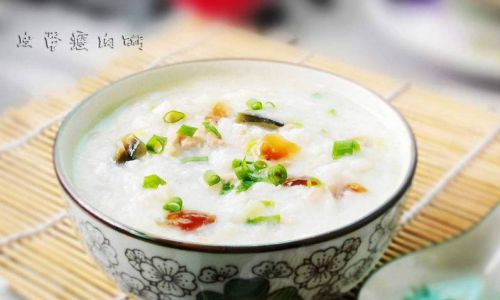
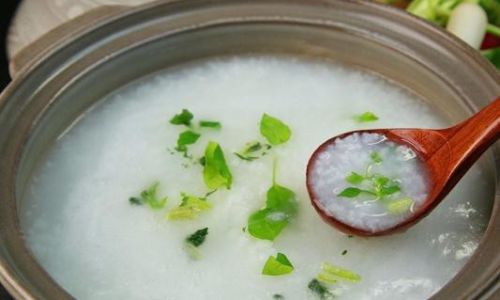

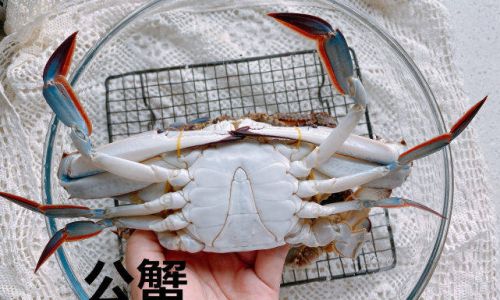
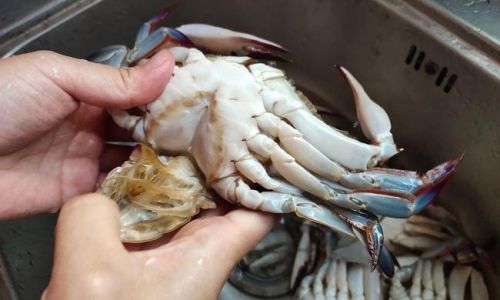
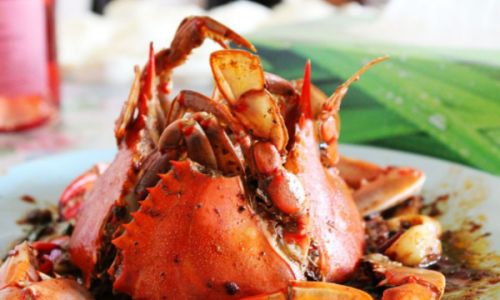
0 comments